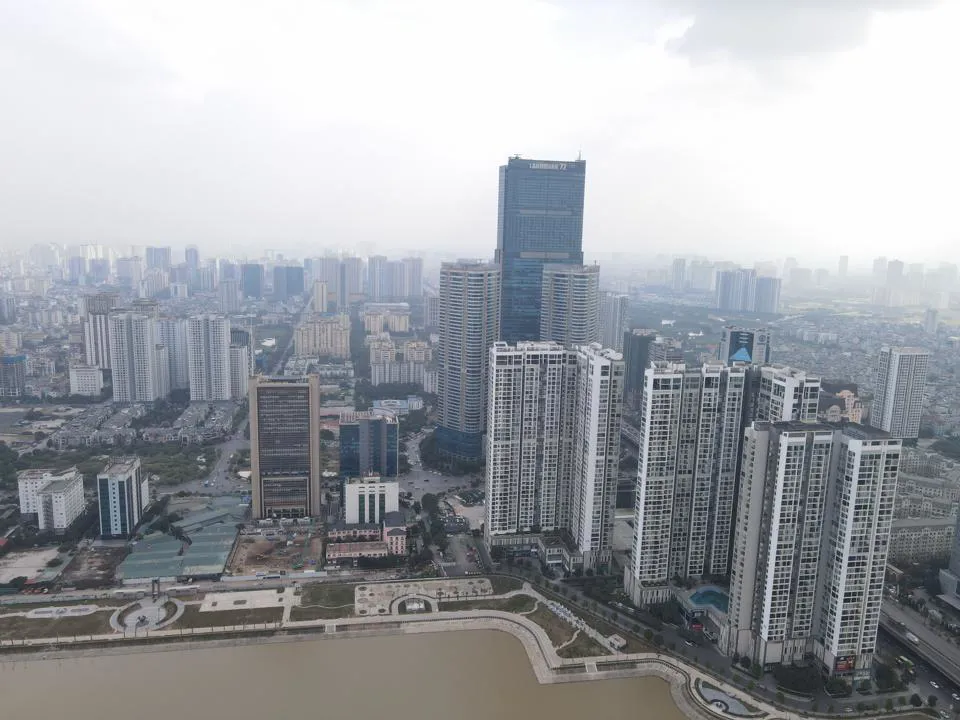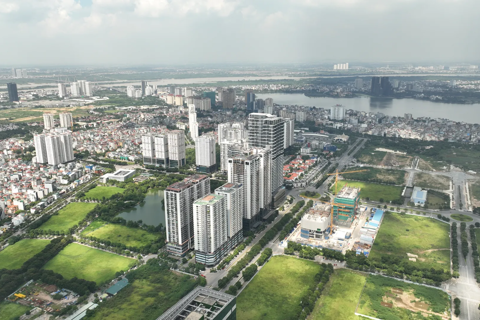Hanoi approves housing development plan for period 2021-2025
The plan aims to achieve a minimum floor area of 10 square meters per person and a total housing area of approximately 44 million square meters.
Vice Chairman of the Hanoi People’s Committee Duong Duc Tuan signed off Decision No. 1186/QD-UBND, approving the housing development plan for Hanoi from 2021-2025.
| A corner of Hanoi. Photo: Pham Hung |
The Housing Development Plan for Hanoi sets out specific goals for the 2021-2025 period, based on the targets outlined in the city’s Housing Development Program for 2021-2030.
Among the targets, the city will strive for a per capita housing size of 29.5 square meters per person, aiming for figures in urban and rural areas of 31 square meters and 28 square meters per person, respectively. The minimum dwelling size would be 10 square meters per person and the total floor area would be approximately 44 million square meters.
The plan aims to develop about 1.215 million square meters of new social housing, with plans to build 1 to 2 concentrated social housing zones and create detailed planning for another 2-3 zones.
According to the plan, the rate of social housing for rent must adhere to Central Government regulations and account for at least 10% of the social housing area of the project.
The plan targets the development of around 0.555 million square meters of new housing floor for resettlement.
The Hanoi Housing Development Plan also includes targets for commercial housing, aiming to develop an additional 19.73 million square meters of newly built floor area. In investment projects for housing construction and urban areas, the plan requires that at least 5% of the project's total apartment area be set aside for rental.
In addition, the plan aims to renovate and reconstruct four old residential buildings with Grade D deterioration classification, including Giang Vo, Thanh Cong, Ngoc Khanh, and the office of the Ministry of Justice.
Regarding detached housing, the plan targets the development of approximately 22.5 million square meters of floor space, which is around 4.5 million square meters of floor space per year in Hanoi.
Overall, Hanoi aims to develop residential properties that meet or exceed the total residential floor area target outlined in the Housing Development Plan. The plan will be periodically updated and adjusted in line with the actual situation, including the addition or removal of projects from the list.
Investors must submit reports on the feasibility and progress of their projects as a basis for updating the plan in accordance with regulations.
In terms of housing quality, the plan calls for the removal of temporary and precarious housing associated with urban reconstruction and beautification efforts. The city also aims to increase the percentage of permanent housing to 90%, with 95% in urban areas and 85% in rural areas.











